Best Methods to Recover Data from Formatted Hard Disk
In the technology age group, data is a crucial part of our life. From precious memories such as photos & videos to work documents and important files, losing data can be a nightmare. One of the most conventional scenarios users face is formatting, accidentally their hard drive, which can make it seem like all the files are gone for good. But before panic, it is important to know that methods are often possible, even from a formatted drive. In this blog, we will explain methods to recover data from formatted hard disk, clarify why data is still recoverable even after formatting, and give you tips on how to avoid this situation in the future.
User Query
“I have one hard disk for data backing up. However, a few days ago, it showed error messages and asked me to format the hard disk. So, I formatted the drive. But there were still many data files saved. Is it possible to recover file from formatted hard drive? Mainly, I need to recover data from formatted hard disk in Windows 10. So, please suggest an appropriate solution to do the same. Any help would be appreciated. Thanks in advance.”
Sometimes, a user may encounter situations that cause damage to the hard disk. For instance, you are going to enlarge your present hard disk to a larger one, your partition has been damaged by viruses, or you plan to wipe them from your Windows 10, 8, and 7 operating machines.
Also Read: Recover Deleted Video Files from Hard Drive
Understanding Hard Drive Formatting
Before moving the process, it is important to compared what happens when you format a hard drive. Formatting a hard disk prepares it for data storage by removing file system and creating a new one. There are 2 types of formatting:
- Quick Format: A quick format only erase details from the file system, leaving the files still recoverable. It does not overwrite the data, leaving it intact but inaccessible until it is overwritten with new data.
- Full Format: A full/ complete format, especially on lasted operating systems, may overwrite some data, but in many cases it does not completely erase it. Few data can still be recovered, depending on the type of format and the amount of new data written to the drive.
Understanding the formatting process can help you understand that if the drive is not overwritten with new files, the data can still be recovered.
Why is Data Recoverable from Formatted Hard Drive?
- Corrupt or Incompatible File System: If the file system of the hard drive is corrupted or incompatible, the device will not work and can only be used after formatting to a suitable file system.
- Sudden Power Failure: If your computer suddenly dies while reading or writing data to the hard drive, the drive will be disconnected and unusable until updated.
- Malware: If a suspicious program that contains a virus is installed on the hard drive, the drive will fail and need to be repaired.
- Malfunctions on your Hard Drive: If you have malfunctions on your hard drive, formatting the drive can make it unusable, so you can’t write data to the bad functions. This can help fix some app crashes caused by malicious programs.
Methods to Recover Data from Formatted Hard Disk
The answer is yes. retrieving deleted files from a hard drive in Windows 11, 10, 8, and 7 is possible. There is only one way to get your wiped data back, i.e., backup. If you have a backup of your data, you can recover it after formatting the hard disk. This is the only solution; otherwise, there is no manual technique to recover data from formatted external hard drive.
Recover File from Formatted Hard Drive via Windows File History
Windows File History regularly backs up the smallest changes to your files. It also allows you to edit personal information later. If you backed up data on your hard drive using Windows Data History, follow these steps to restore it:
1: Open Settings on your computer.

2: Go to the Update & Security section and click Backup in the left menu.
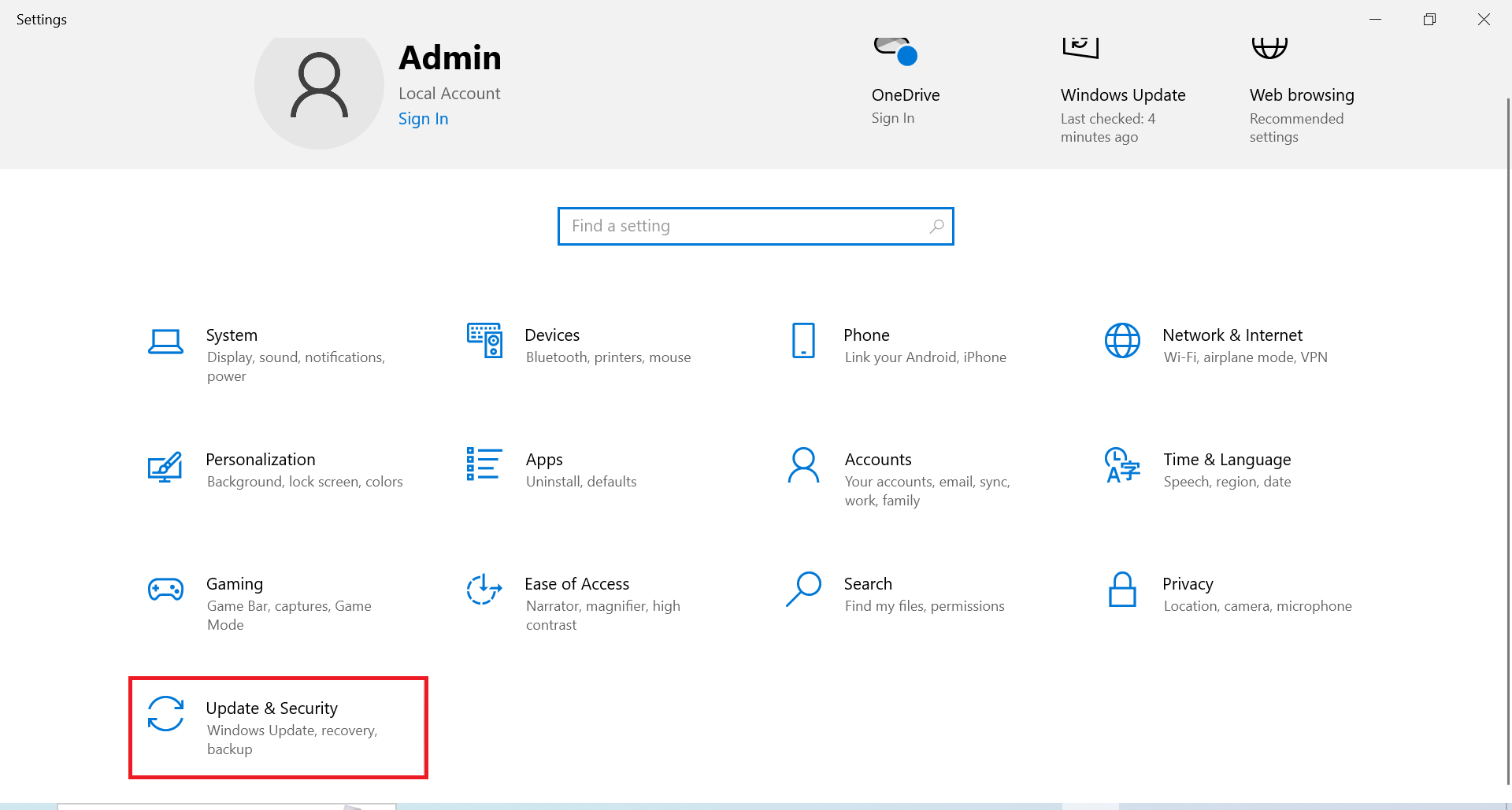
3: In the backup with the remaining history file, click the More option.
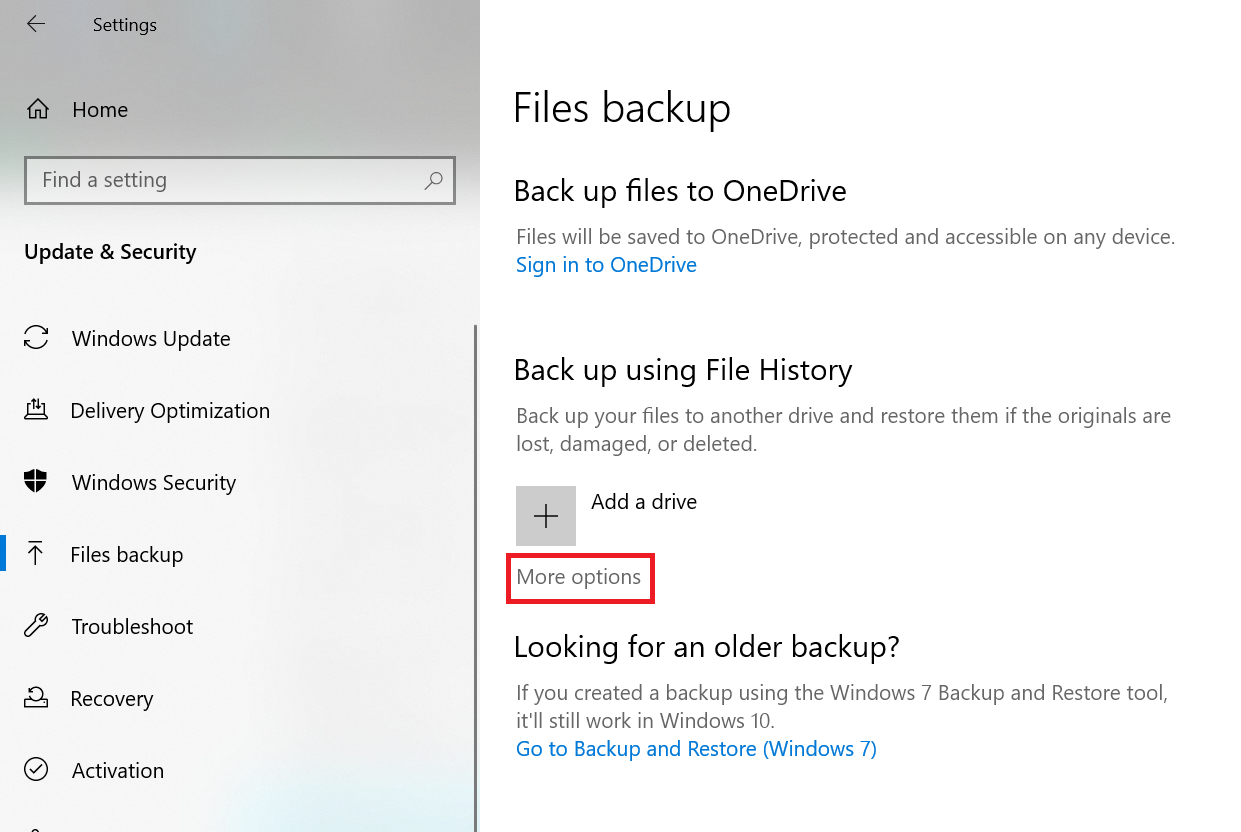
4: Click the Restore data from a current backup option in the pop-up window.
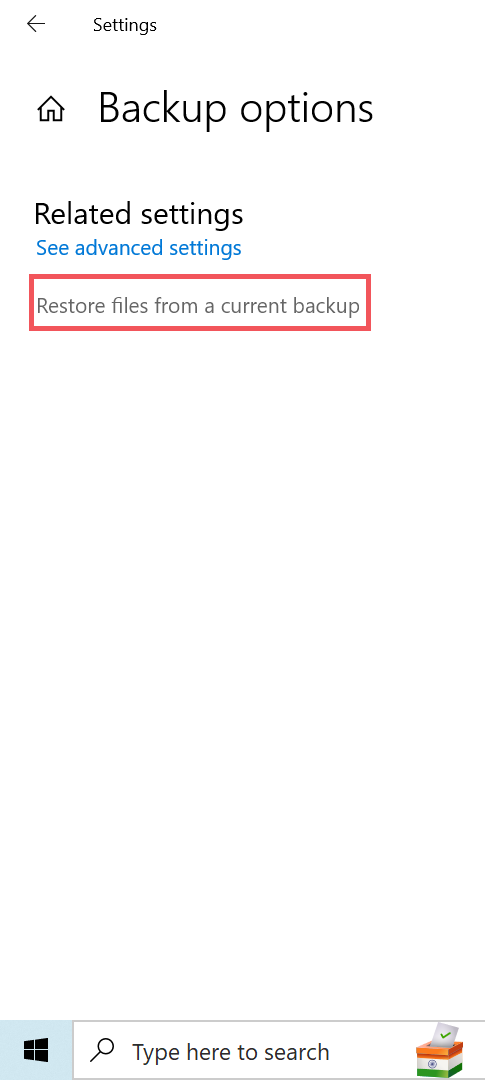
5: In the backup history window, select the files you want to recover file from formatted hard drive.
6: Then click the green “Restore” button. Also, right-click the “Restore” button and select “Restore to…” to set a new location to restore your data.
Recover Data from Formatted Hard Disk Using Windows Explorer
Follow the steps below to format your hard drive without data loss:
Before formatting, make a copy of the hard drive.
1. Open File Explorer on Windows.
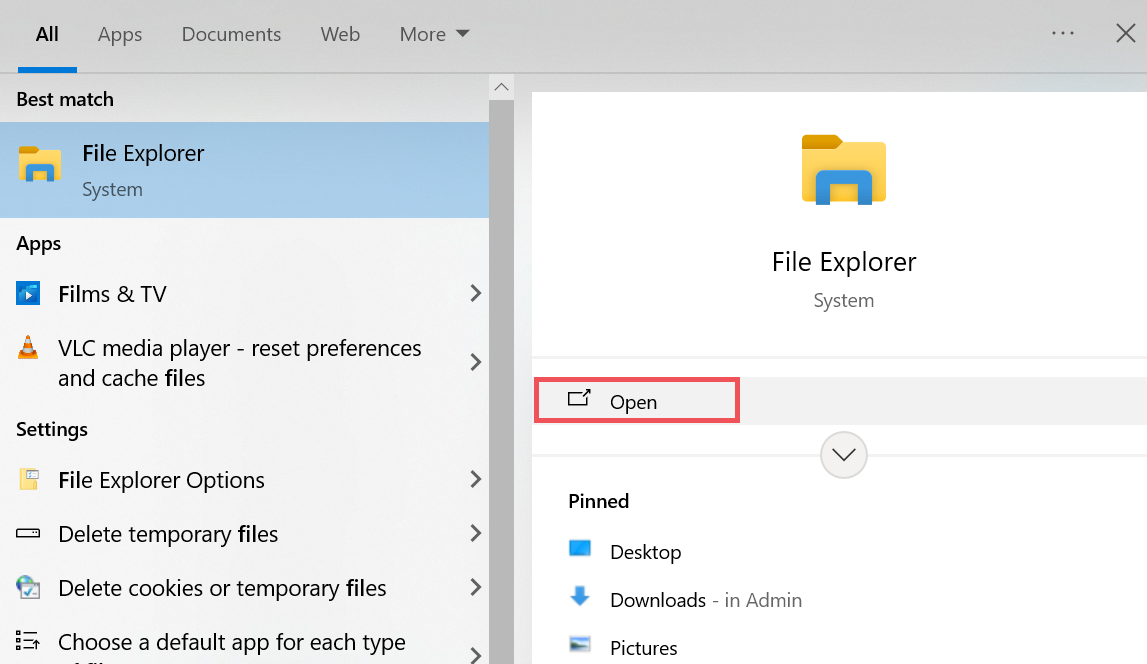
2. Find the hard drive you want to format in the menu on the left. Right-click on it and select Format.
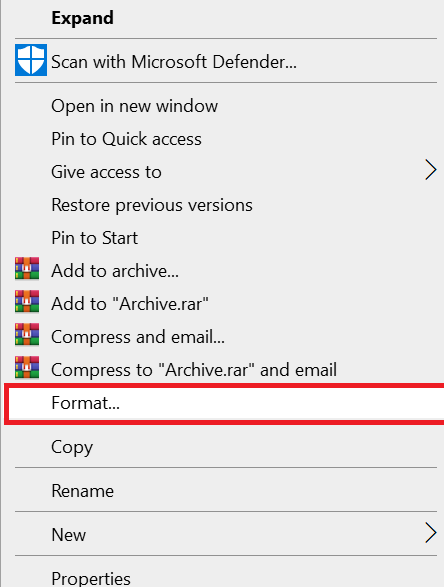
3. A pop-up window will open where you can set the selected file. Check or examine the box next to “Quick Format” and click “Start.”.
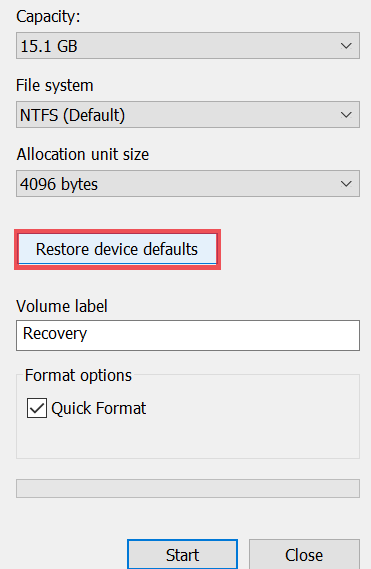
4. It will be in Quick Format on the hard disk. When this is done, the hard drive will be removed and ready to store new data. If you forget to backup your data, there is still a good chance you can recover your data after a quick format.
Recover Data from Formatted Hard Disk with Alternative Solution
It is a professional solution to recover files from a formatted hard drive. It is a perfect application, such as EmailDoctor Software. This recovery utility is a complete solution to recover deleted files from external hard drives. This application has an understandable user interface, so a novice user can also perform with it without seeking expert help.
This utility is capable enough to recover files from a hard drive that won’t boot Windows 11, 10, 8, and 7. It is equipped with advanced technology and facilitates amazing features. Some of them are outlined below. Have a look:
Summing Up
Formatting is often the quickest and best way to solve many file problems. However, the formatting process erases the entire hard disk. If you know how to recover data from formatted hard disk, you can not only solve the problems with your data system, but also recover data from formatted external hard drive during the process. In this article, we have told you everything you need to know about hard drive recovery.
Frequently Asked Questions
Q: How to recover file from formatted hard drive in Windows 11, 10, 8, or 7?
If you have accidentally formatted a hard drive containing important data, you need to use a data recovery software solution such as Hard Drive Data Recovery to scan and recover data from formatted external hard drive. Data can only be recovered before it is overwritten, so act fast and avoid writing new data to the formatted hard drive.
Q: Is it possible to recover a formatted hard drive?
Yes, you can recover data from a formatted hard drive using recovery software.
- Download the application from the official website and run it on your system.
- Connect the formatted hard drive to your computer.
- The program will automatically start scanning the hard drive for lost files.
- After the scan is complete, select the files.
- Click to save the files to a new location.


